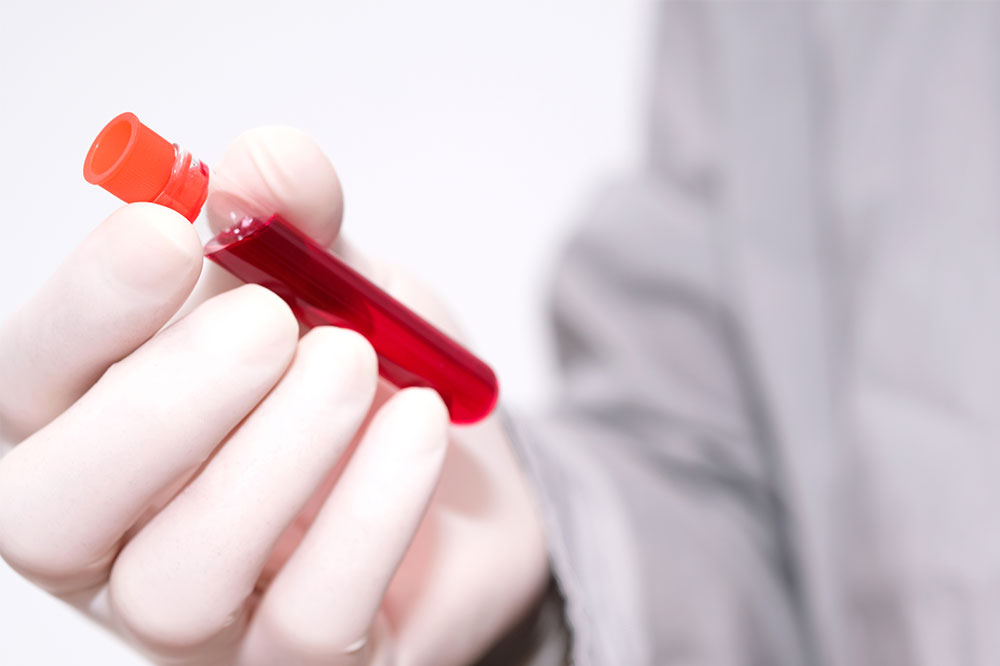
Learn about the various aspects of blood cancer
Blood or hematological cancer occurs when the blood cells grow abnormally. The condition interferes with the normal functioning and production of blood cells. In most cases, blood cancers affect the bone marrow, a soft, sponge-like material responsible for producing blood cells. If the disease is diagnosed early, it can be possible to manage the condition by treating its signs and symptoms. Scroll down to know more about blood cancer, its symptoms, and treatments.
What are the types of blood cancer?
Blood cancers are categorized into three major groups. They are:
Leukemia
The bone marrow is where blood cells are made. Leukemia cells are aberrant cells that crowd out good blood cells; as the white blood cells start to reproduce uncontrollably and become malignant, they are unable to function at all, making the body susceptible to all infections. This, in turn, can lead to conditions like anemia, infections, and bleeding. The fou r types of leukemia are acute myeloid leukemia, acute lymphoblastic leukemia, chronic myeloid leukemia, and chronic lymphocytic leukemia.
Lymphoma
The lymphatic system is a part of the immune system component that aids in the defense against sickness and infection. It is also where lymphoma starts. This type of cancer is caused by the development of malignancies in the lymph nodes, spleen, bone marrow, and other organs due to the presence of aberrant lymphocytes, a white blood cell. The two types of lymphoma are non-Hodgkin lymphoma and Hodgkin lymphoma.
Myeloma
Myeloma, or multiple myeloma, is a blood cancer that affects plasma cells. They are produced from the bone marrow and are responsible for producing antibodies that fight infection. Myeloma can compromise the immune system, affect the function of the kidney, and destroy the bones.
What are the symptoms of blood cancer?
It is crucial to be able to identify the signs and symptoms of blood cancer in a timely manner to be able to treat the condition properly. Here are some of the typical symptoms observed:
Fatigue and weakness
Blood cancer can lead to anemia, fatigue, and weakness from a lack of healthy red blood cells.
Infections that recur frequently
Blood cancer can impair immunity, making it more challenging for the body to fight off infections.
Fever
A blood cancer-related infection or inflammation may manifest as a fever.
A tendency to easily bruise or bleed
Blood cancer can disrupt the formation of platelets, which are necessary for blood coagulation. This may cause quick bleeding or bruises.
Slow healing
When a wound in the skin takes a prolonged time to heal, it may be due to blood cancer. People with blood cancer are highly susceptible to bleeding and bruising due to the decreased level of platelets, which play a vital role in wound healing and blood clotting.
Lumps and swelling
If an individual experienced swelling or formation of unusual mass in the lymph nodes like tonsils, testicles, and armpits, it could be a primary sign of blood cancer.
Skin changes
People with blood cancer may appear unusually pale. In addition, they are likely to experience frequent episodes of rashes, bruises, and bleeding. These signs can look different on different skin tones.
What are the causes of blood cancer?
There is no exact cause behind blood cancer. It is difficult to determine the underlying reason in specific individuals. However, certain risk factors can lead to the risk of developing blood cancer, some of them are given below as follows:
Chemicals
Frequent exposure to chemical and other carcinogenic agents like benzene, detergents, glue, cleaning agents, and paint stripper.
Family history
A family history of cancer, especially observed in siblings or parents, and any blood-related relation for genetic-specific cancer is a cause for the condition.
Radiation
Prolonged high exposure to X-rays, CT scans, and other imaging tests can be one of the causes of blood cancer.
What is the treatment for blood cancer?
Effective treatment for blood cancer is decided based on various factors, from the type of cancer and location of the cancer growth to the age and health status of the affected individuals. Some of the treatment options are:
Chemotherapy
Chemotherapy involves anti-cancer prescription treatments to prevent the growth and spread of cancer cells within the body.
Radiation therapy
Radiation therapy is usually suggested to ease pain or discomfort. It can be administered using waves to destroy cancer cells.
Immunotherapy
The abnormal growth of cancer cells reduces the immune system’s power. Immunotherapy stimulates the immune system to fight against cancer cells.
Lifestyle changes
Besides conservative treatment approaches, implementing certain preventive measures in your lifestyle will help you manage the condition and its side effects better. They are:
- Maintaining a well-balanced and nutritious meal plan.
- Avoiding the intake of processed foods like meat or fish.
- Eating fewer foods rich in saturated or trans fats.
- Staying away from herbicides or chemicals that may have toxic effects on the body.
In conclusion
While there is no definite cause for cancer, avoiding exposure to certain risk factors like exposure to radiation or benzene might reduce your risk of developing blood cancer. In addition, adapting to lifestyle behaviors, including staying active and consuming a nutritious meal plan, will enhance your overall health.




